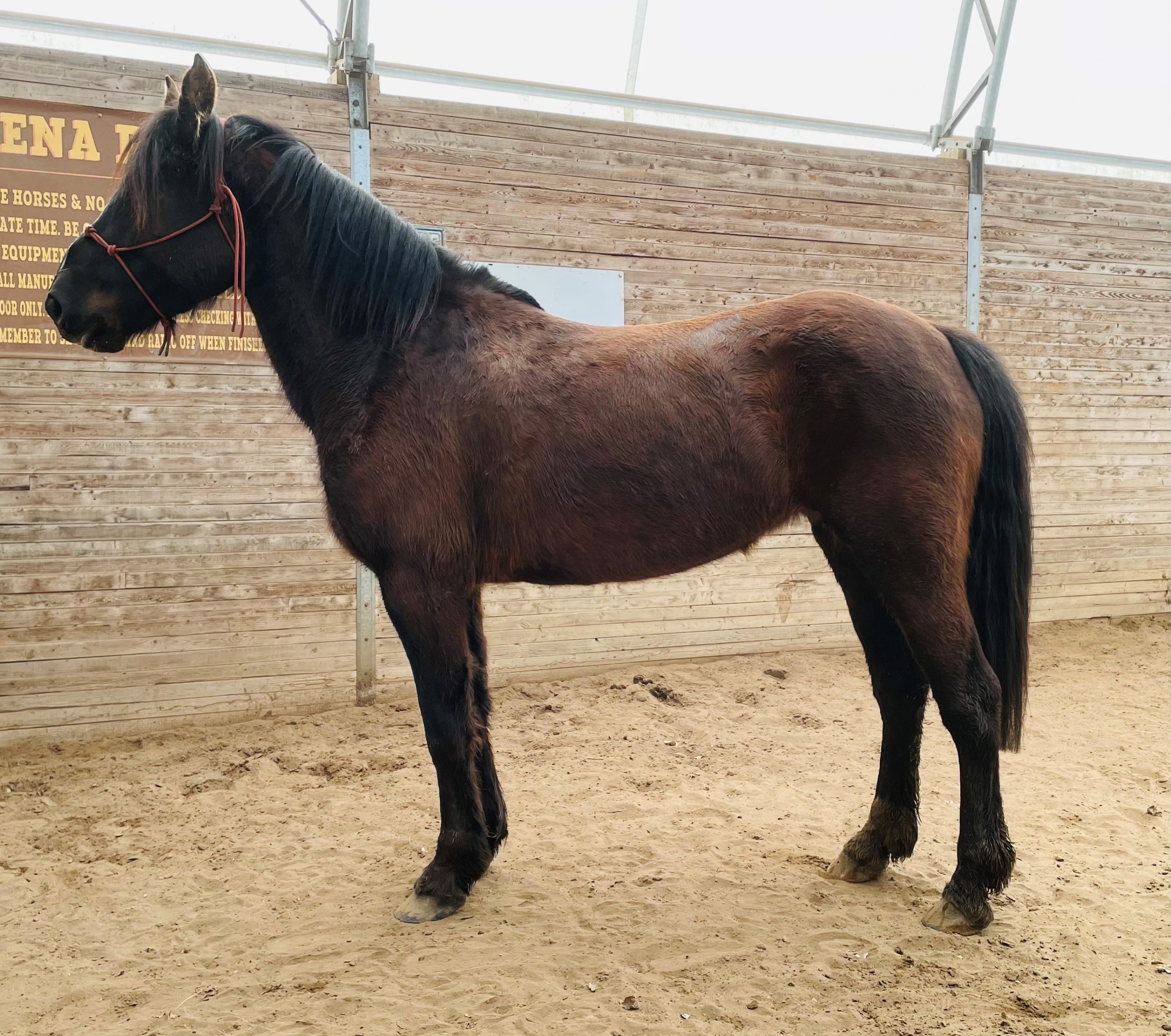The counter bend can be a challenging concept for many riders, mainly because of the complexity of the maneuver. I searched for a helpful video on YouTube, but most were either focused on dressage riders bending their horses around corners, or they showed poor attempts at the real thing—resulting in the horse either dropping in badly or not achieving any real bend through its body. The best video I found was by Richard Caldwell, who, sadly, is no longer with us and left too short of a video legacy, but it was helpful to see him work with his horse.
So, what exactly is counter bending? It’s exactly what the name implies—bending the horse’s body around the outside leg while moving in a circle. To visualize this, imagine leg yielding your horse around a circle, but without the shoulder dropping, and with just a slight bend in the neck. This is close, but still not quite it. In counter bending, the goal is not for the horse to move sideways—while it may appear to travel a bit sideways, it should still move forward. The key difference is that the bend should remain consistent throughout the entire body of the horse, from the ears all the way to the tail.
Many riders think their horse is bending when they see the horse’s head turn or when it shifts its hindquarters to avoid the spur. However, these actions aren’t true bending. Flexion, on the other hand, is the bend that happens between the ears and the withers. A horse might flex and still be out of balance, especially if it has a “floppy neck.” A horse that is out of balance will either appear stiff and resistant or excessively tense in an attempt to escape discomfort.
For a horse to counter bend properly, it needs to be soft and supple through the loins. When a horse is supple in the loins, it feels light and responsive to even the lightest touch, moving with balance and ease. If the rider is holding the horse’s head up or outward, preventing the horse from bending through its body, the horse becomes too rigid. In such cases, the rider should revisit suppling exercises to improve the horse’s flexibility, especially through the loins.
While spurs can be helpful for refinement, they should be used sparingly and not as a means of force. The true key to preparing for counter bending is ensuring your horse is soft and responsive in its body, capable of moving its haunches and forehand easily from side to side, and supple through the loin. Exercises like pole bending and serpentine patterns are excellent for developing the desired softness and suppleness in the horse’s body.
In short, take time to practice these elements, and the counter bend will come with time. Patience and consistent work will help you refine your horse’s body awareness and improve its overall balance and flexibility.

